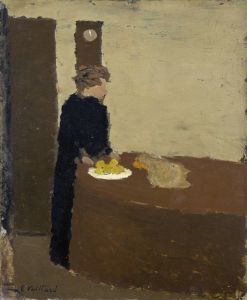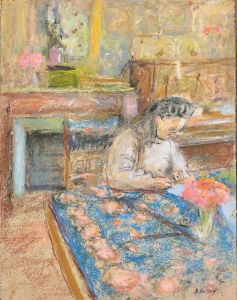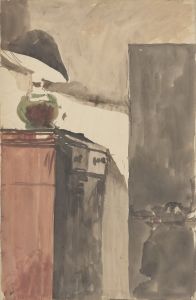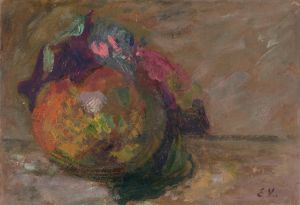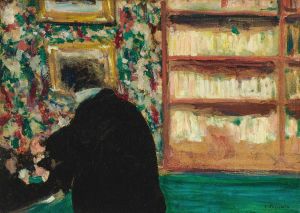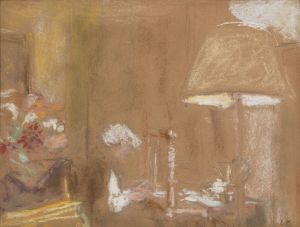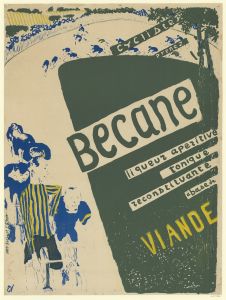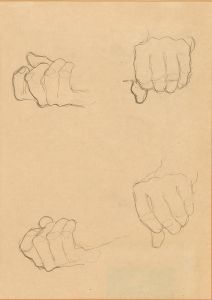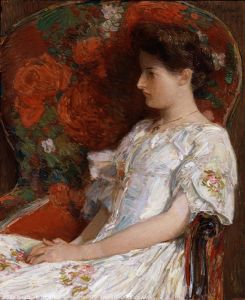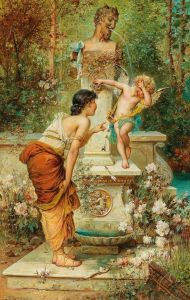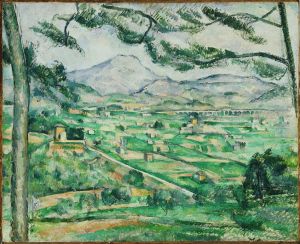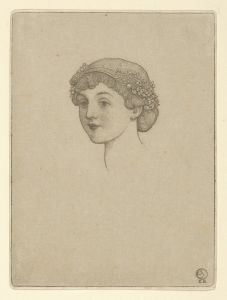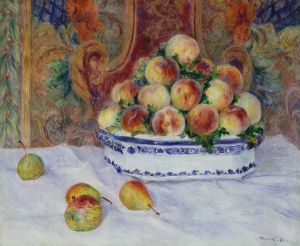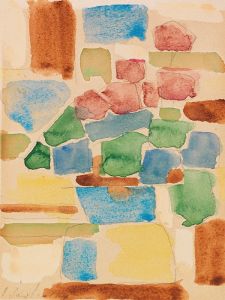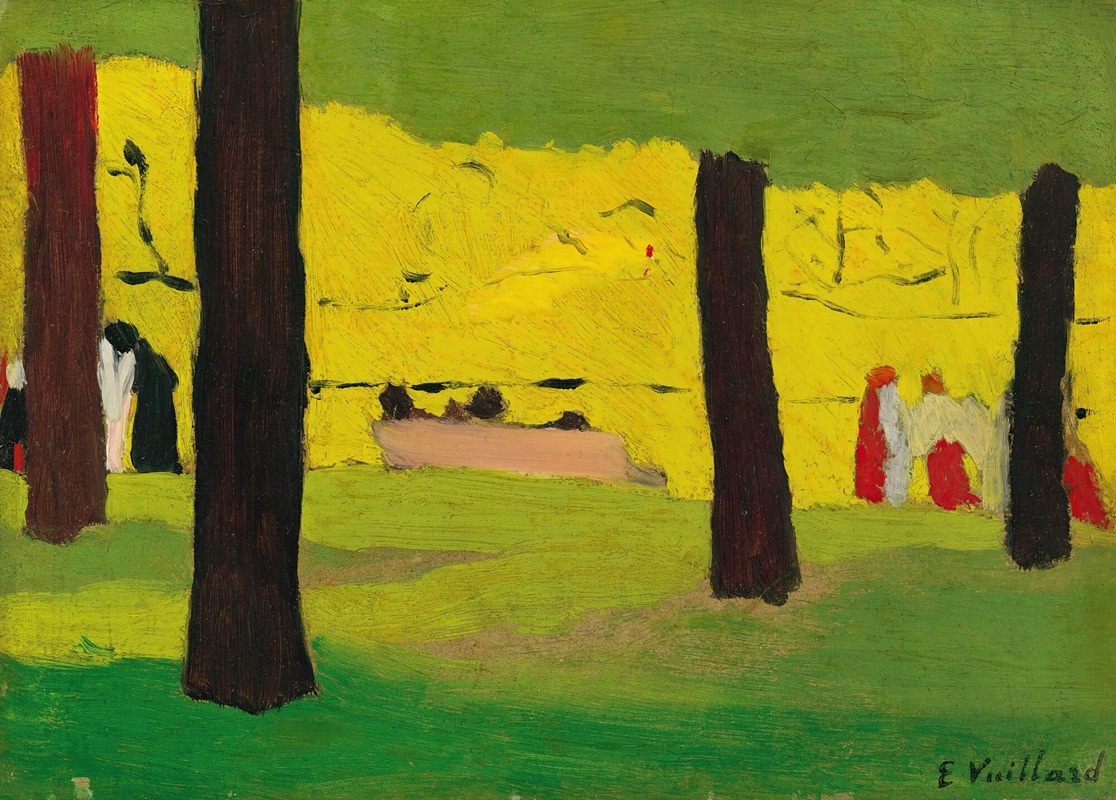
Le Banc Rose
A hand-painted replica of Édouard Vuillard’s masterpiece Le Banc Rose, meticulously crafted by professional artists to capture the true essence of the original. Each piece is created with museum-quality canvas and rare mineral pigments, carefully painted by experienced artists with delicate brushstrokes and rich, layered colors to perfectly recreate the texture of the original artwork. Unlike machine-printed reproductions, this hand-painted version brings the painting to life, infused with the artist’s emotions and skill in every stroke. Whether for personal collection or home decoration, it instantly elevates the artistic atmosphere of any space.
Édouard Vuillard, a prominent French painter associated with the Nabi movement, created "Le Banc Rose" (The Pink Bench) in 1894. This painting is a quintessential example of Vuillard's intimate and decorative style, which often focused on domestic interiors and the private lives of his subjects. Vuillard was known for his ability to capture the subtleties of everyday life, and "Le Banc Rose" is no exception.
The painting depicts a serene domestic scene, characterized by its warm, muted color palette and the artist's signature use of pattern and texture. Vuillard's work often blurs the boundaries between the figures and their surroundings, creating a harmonious composition that emphasizes the unity of the scene. In "Le Banc Rose," this technique is evident as the figures and the environment seem to meld into one another, highlighting Vuillard's interest in the decorative aspects of painting.
Vuillard was a member of the Nabis, a group of avant-garde artists in the late 19th century who sought to break away from the naturalism of Impressionism. The Nabis were influenced by Symbolism and Japanese prints, and they emphasized the importance of color and composition over realistic representation. Vuillard's work, including "Le Banc Rose," reflects these influences through its flat planes of color and the integration of decorative elements.
The setting of "Le Banc Rose" is likely an interior space, a common theme in Vuillard's oeuvre. He often painted scenes from his own life, including his family and friends, in their domestic environments. This focus on the personal and the intimate is a hallmark of Vuillard's work, and it allows viewers to glimpse the quiet moments of everyday life.
Vuillard's technique in "Le Banc Rose" involves the use of distemper, a type of paint made by mixing pigments with a water-based binder, which gives the painting a matte finish. This medium was favored by Vuillard for its ability to create soft, velvety textures and subtle color variations. The use of distemper contributes to the overall sense of intimacy and warmth in the painting.
"Le Banc Rose" is part of a larger body of work by Vuillard that explores the themes of domesticity and the interplay between people and their environments. His paintings are often characterized by their attention to detail and the careful arrangement of elements within the composition. Vuillard's ability to capture the essence of a moment, combined with his decorative approach, has made his work enduringly popular.
Today, Édouard Vuillard is celebrated as one of the leading figures of the Nabi movement, and his paintings are held in major collections around the world. "Le Banc Rose" exemplifies his unique style and his contribution to the development of modern art. Through his work, Vuillard invites viewers to appreciate the beauty and complexity of everyday life, rendered with sensitivity and artistic skill.





